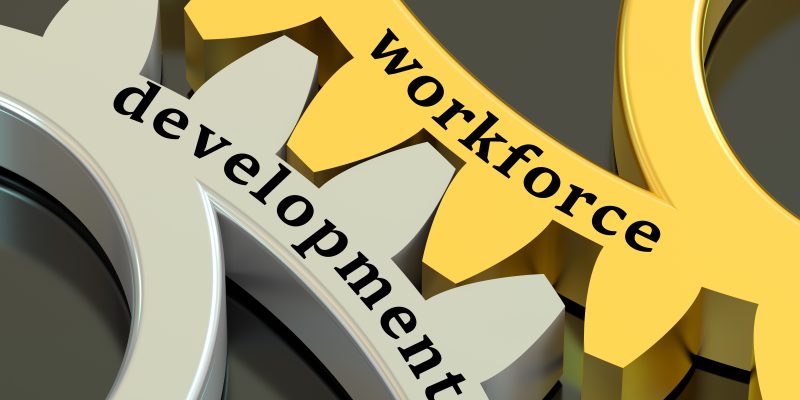Feb. 25, 2022
Marina Zhavoronkova, Center for American Progress
Construction and other industries supported by the new federal infrastructure law face labor shortages. Workforce development systems can help narrow that gap by supporting efforts to bring in women and workers of color.
The bipartisan Infrastructure Investment and Jobs Act (IIJA) is injecting $1.2 trillion toward repairing America’s crumbling transportation system, ensuring access to clean water, connecting people to high-speed broadband and more. But as infrastructure funding starts to trickle down to cities and states, it will take a skilled and diverse workforce to ensure that the law’s extraordinary potential becomes a reality.
The government-funded workforce development system, authorized by the Workforce Innovation and Opportunity Act (WIOA), is a network of federal, state and local organizations and agencies that connect employers and job-seekers to education and training opportunities and to each other. The system must leverage its expertise and positioning to support the talent and diversity demands of the infrastructure law. Industries supported by the legislation, such as construction, are facing significant labor shortages. They also have historically excluded segments of the labor market such as women and communities of color, groups that recent jobs data show are still bearing the brunt of the economic fallout from the COVID-19 pandemic.
The majority of the construction jobs funded by the IIJA will be subject to Davis-Bacon Act protections, which will ensure that workers are paid a prevailing wage and have access to workplace protections. While workforce development is not the sole solution to systemic inequities in the labor market, it has the potential to create an ecosystem in which those problems are not perpetuated and, in doing so, connect job-seekers to good jobs — those that pay well and provide benefits — and help employers meet their labor needs.

